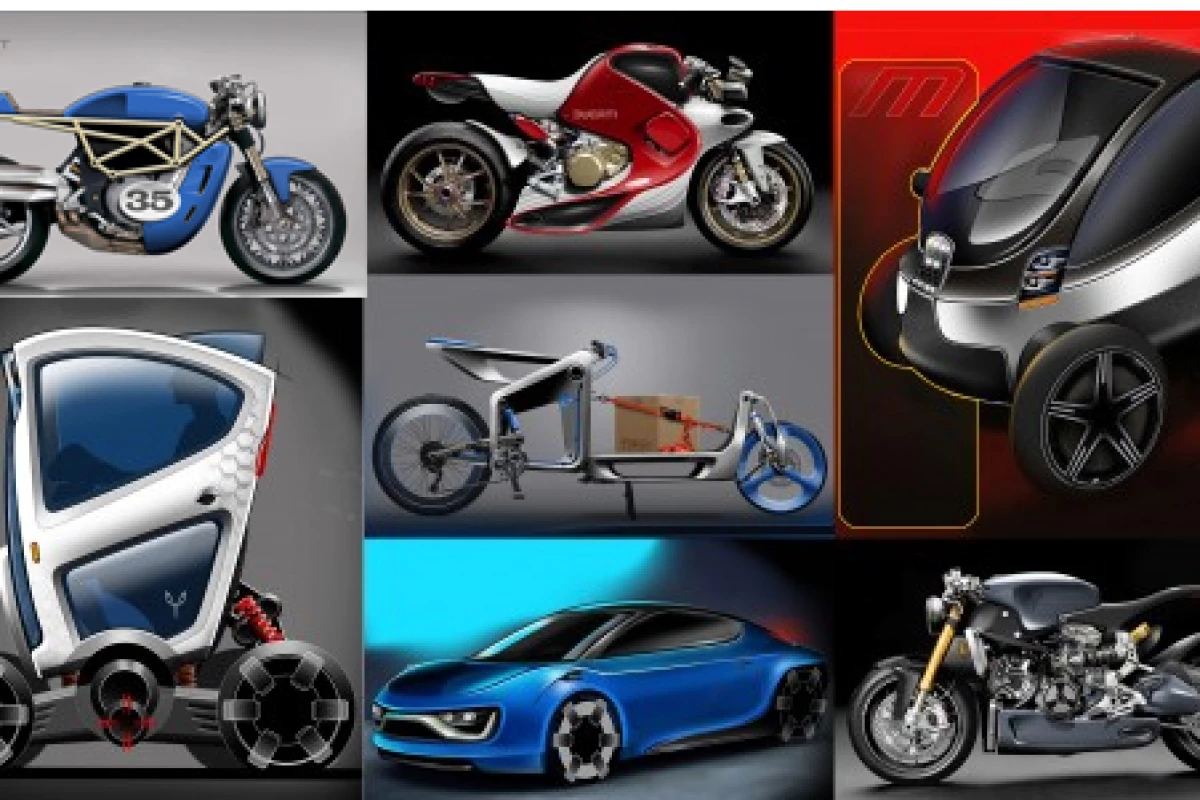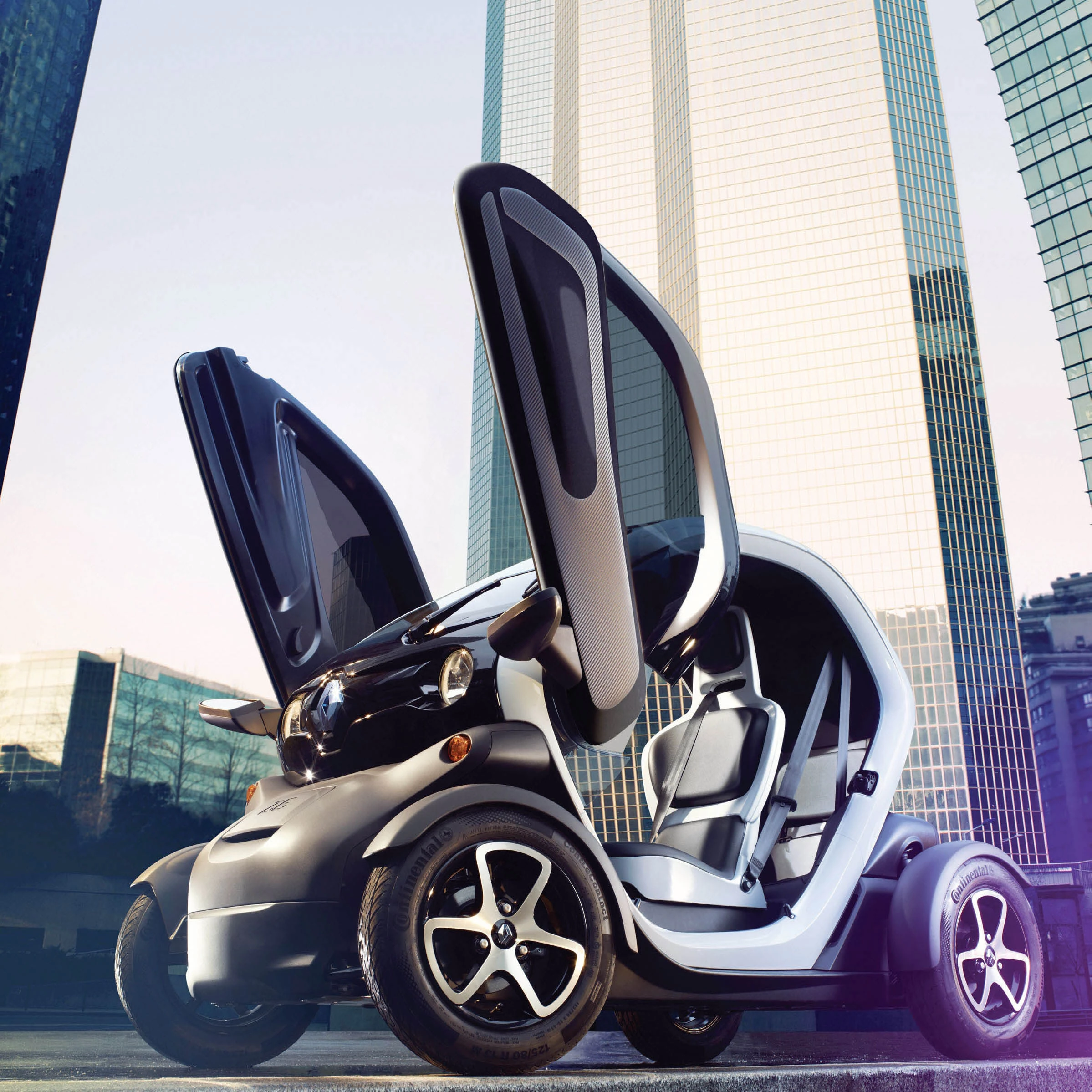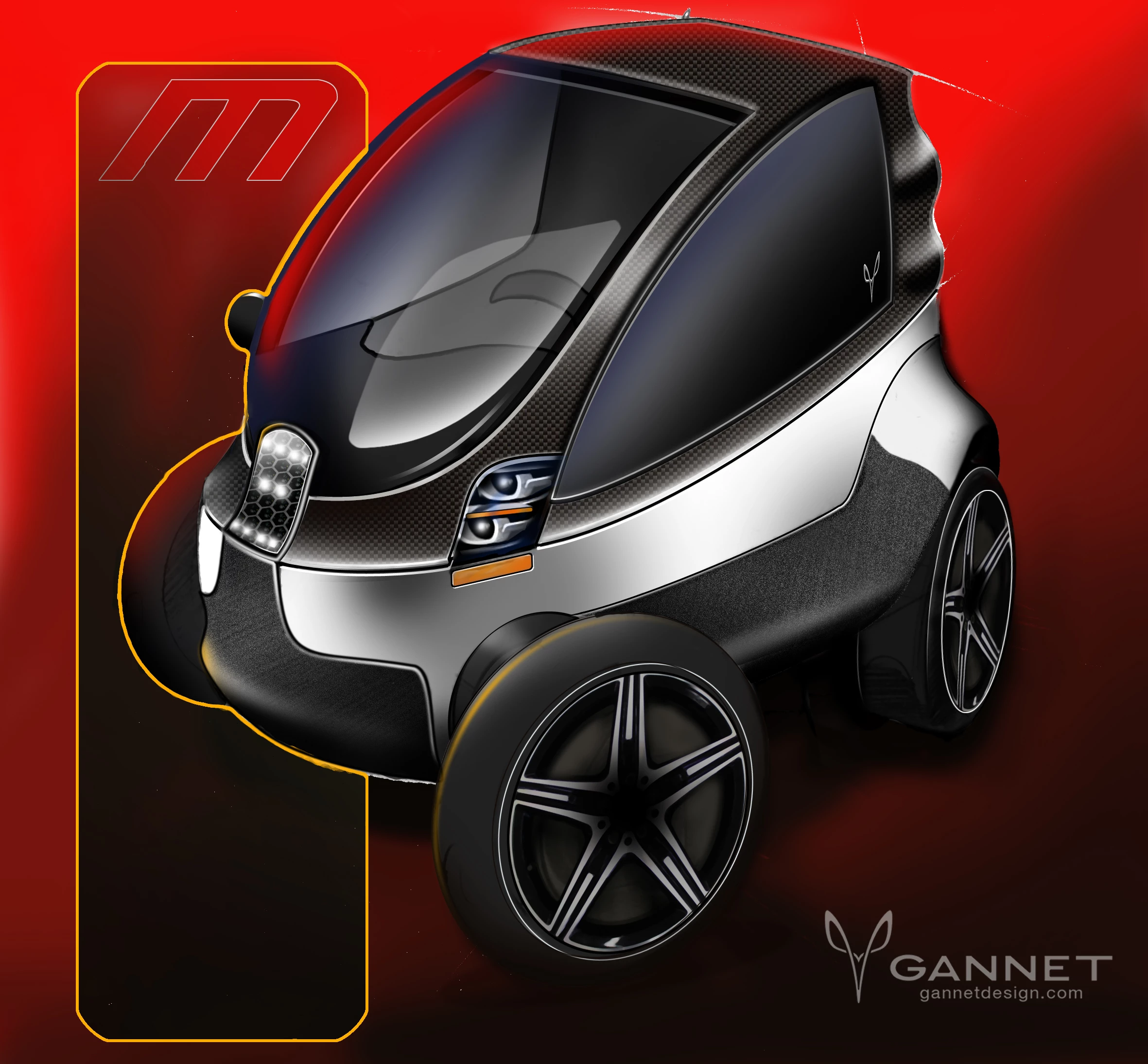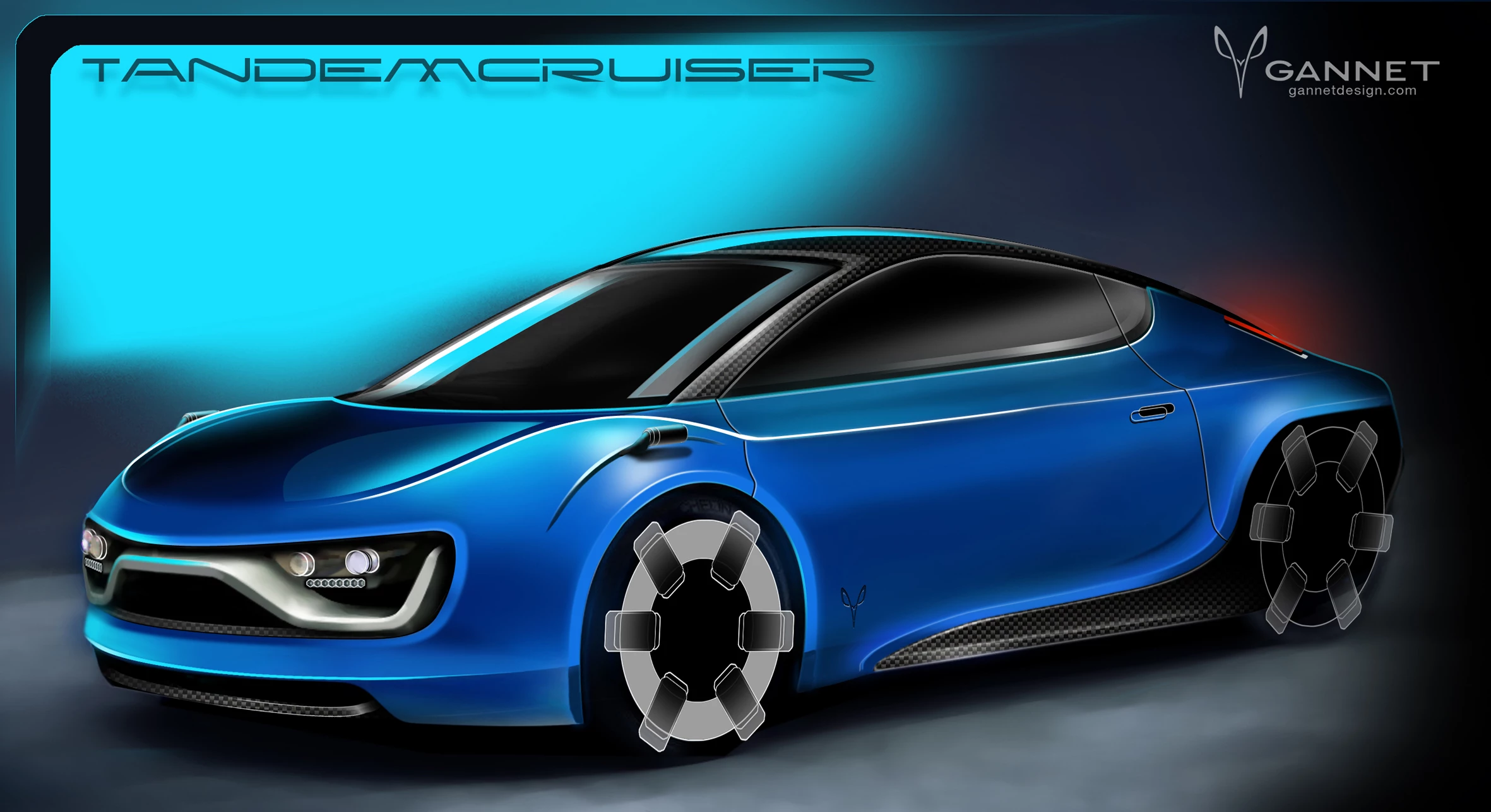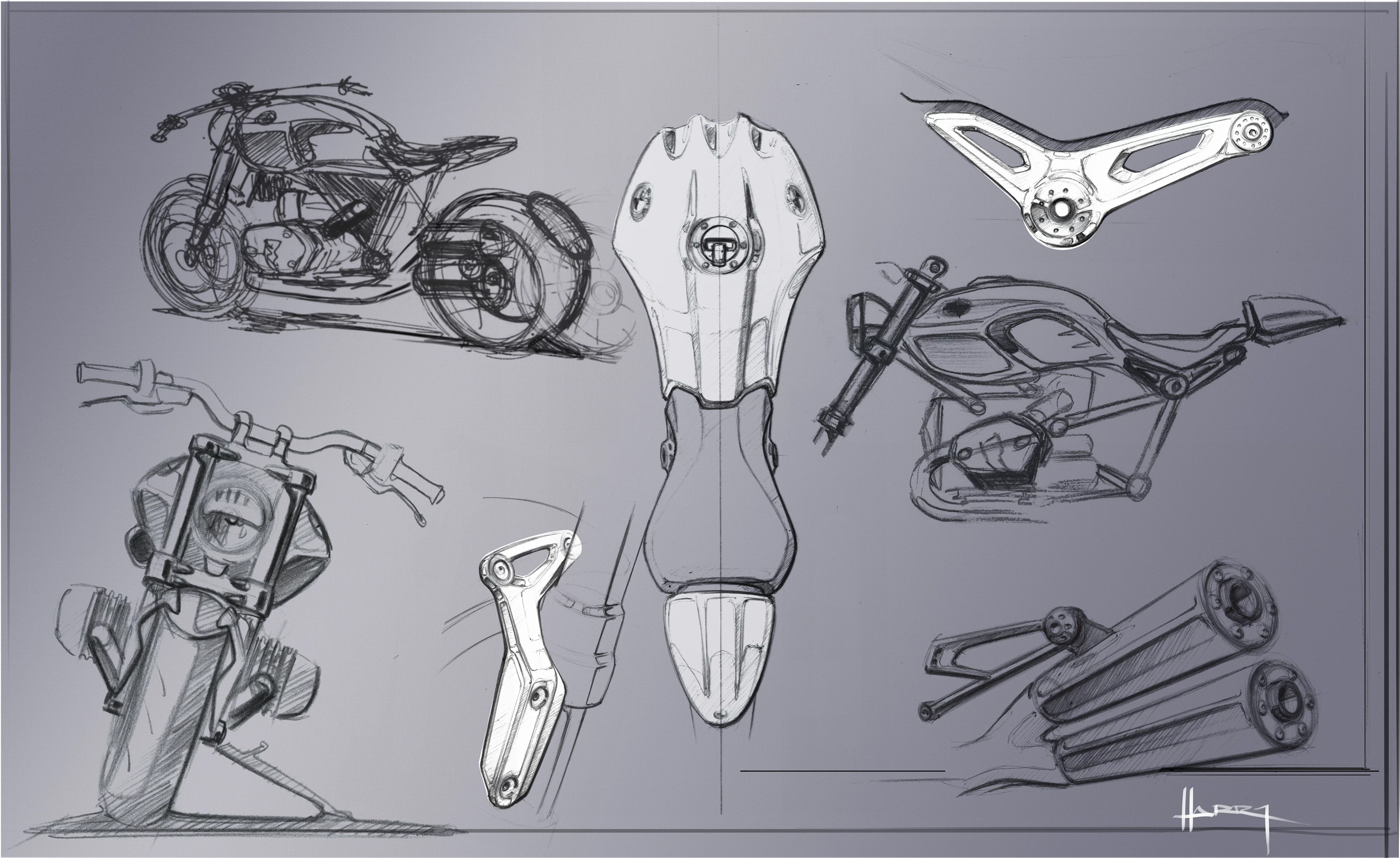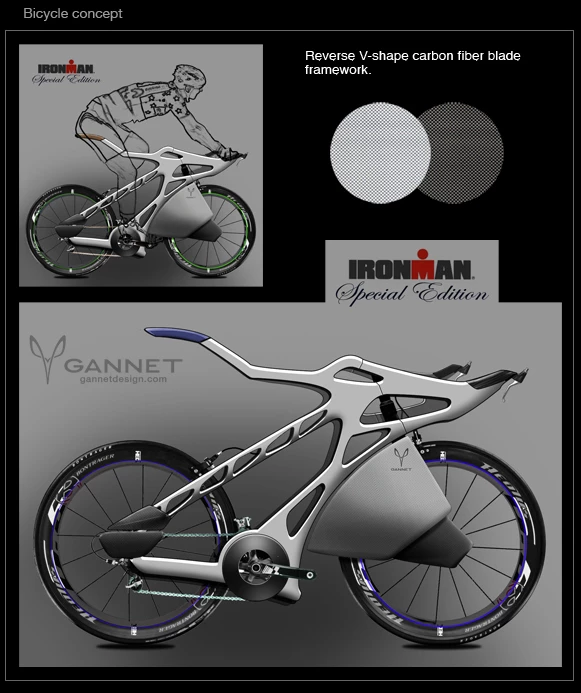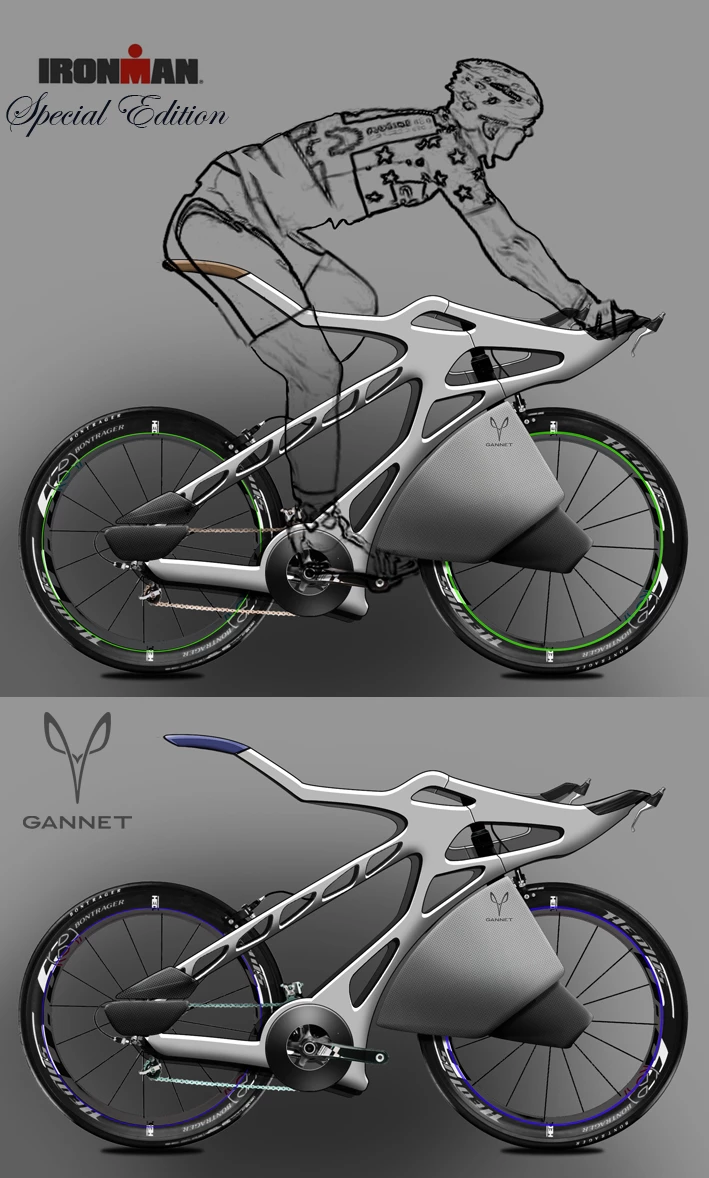Gannet Design founder Ulfert Janssen is one of the few automotive and transportation designers in the world who works in both the two- and four-wheeled domains. Ulfert these days works primarily in transportation and product design and development, but spent a decade at Renault’s Barcelona design studio involved in advanced concept design, with stints at Samsung in Korea and Nissan in Japan, and has been involved with a diversity of production cars from the Renault Twizy to the Infiniti FX.
Ulfert was also responsible for trend scouting in Shanghai, Tokyo and Seoul where he made multiple trips as a photographer. He is best known to auto and motorcycle enthusiasts for his designs which regularly set social media alight. He has a Bachelor of Science degree in Industrial Design from the Art Center College of Design in Pasadena, California, USA.
Ulfert and I have been corresponding across the last few months, discussing future sustainable transportation. The following interview is made up of excerpts from our email correspondence.
Gizmag: The world of personal transportation is changing rapidly. China is now the world's largest producer of cars, India the world's largest producer of motorcycles, the world's arterial roads are becoming clogged with traffic and the world's carpark is adding to pollution levels at an unprecedented rate. What changes to the world of personal transport do you foresee globally over the next decade or two?
Ulfert Janssen: As much as we love our automobiles, I think it is now obvious to everybody that the number of cars cannot keep growing as it has in the last few decades. The level of smog in Beijing is now so bad that it needs to be tackled swiftly. Most big cities around the globe are headed in the same unfortunate direction and the situation needs to be addressed urgently.
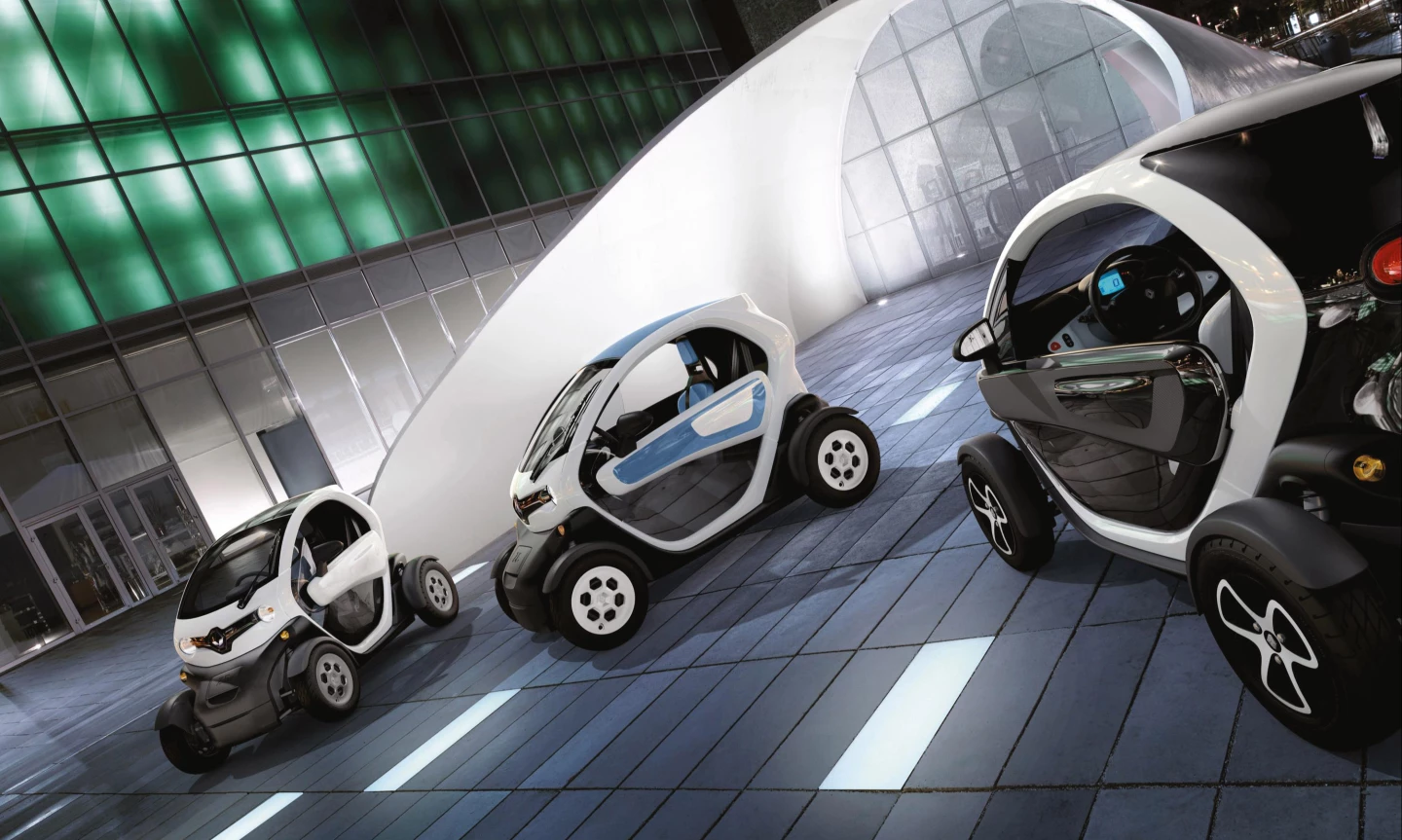
Most commuters drive alone in their cars and in big cities that simply does not make sense. Mega cities must enhance their public transportation, which is the key. In Tokyo you don’t need a car as public transportation is well designed and by far the quickest and best way to move around the city. London has found an effective way of reducing traffic levels with its congestion charges.
At the same time micro vehicles such as the Renault Twizy (above) or the Cityhopper concept (below) and electric scooters need to be given more benefits so people are motivated to switch to smarter personal transportation solutions and reduce their use of traditional internal combustion engine cars.
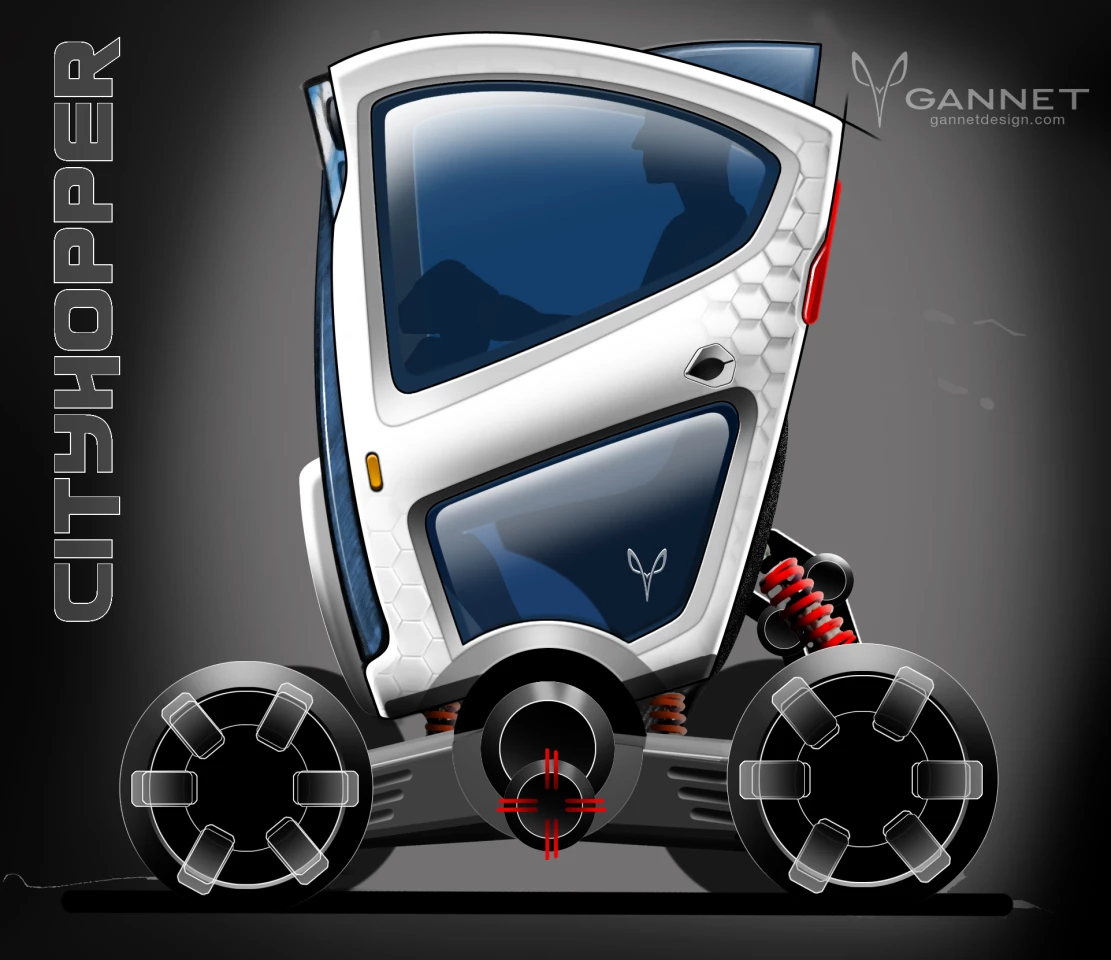
There is already a growing trend among younger people that owning a car is no longer the status symbol it once was. The next cool thing for city dwellers could be tandem vehicles like the Tandemcruiser (below) which enables two vehicles to fit side-by-side in the same lane at traffic lights, cutting the traffic footprint in half.
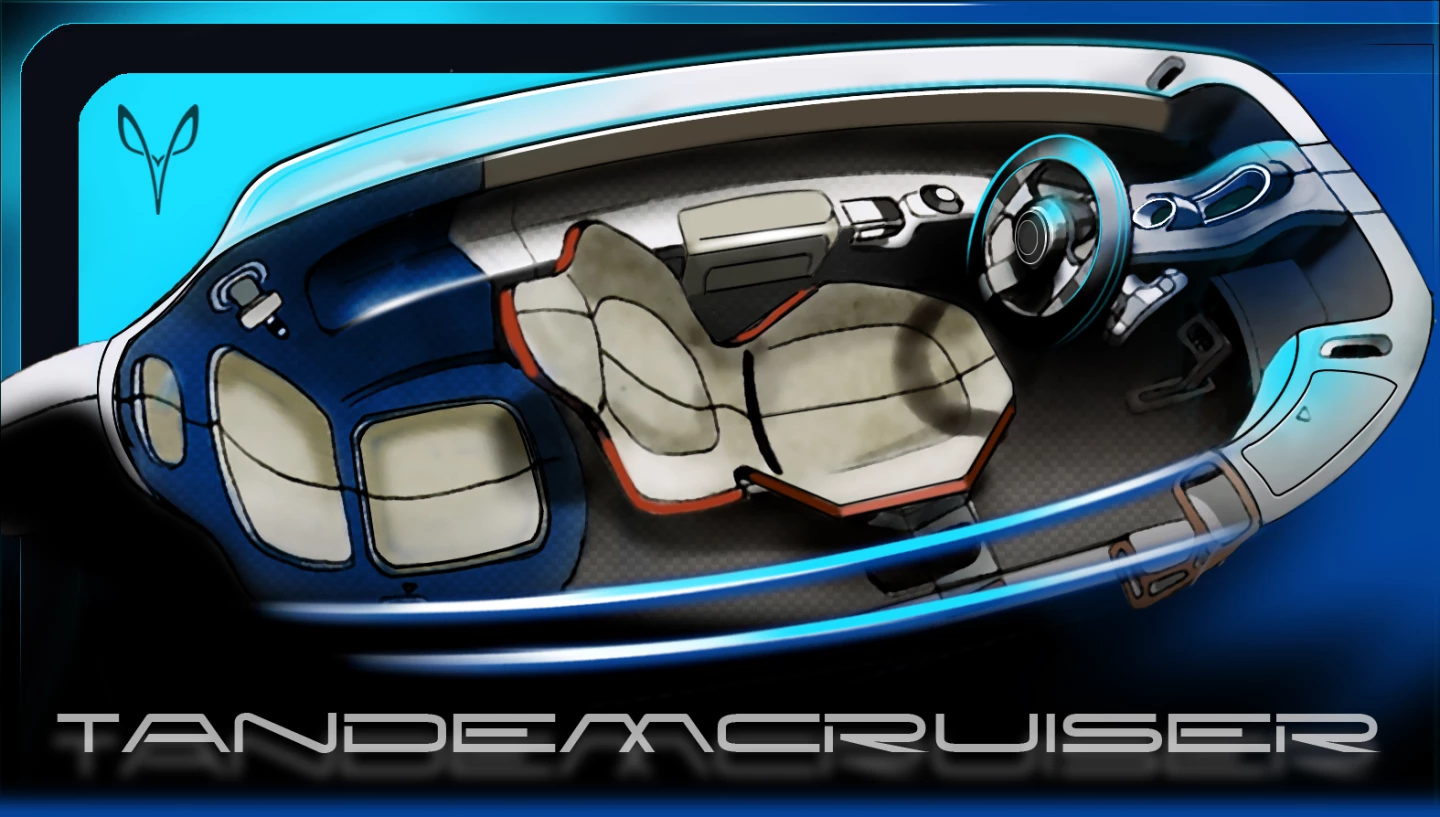
People might always have a desire for fancy cars and big SUVs, but circumstances have changed, and cars of that size will need to be enjoyed in moderation. All of the major carmakers are now introducing smaller size SUVs, and there is a clear trend of downsizing. Eco friendly micro solutions must become the SUVs of tomorrow.
Lots of people, me included, will always be fascinated by automotive culture; the speed, the aesthetic and the fascinating engineering of fast cars and motorcycles, but the needs of cities and ecological imperatives are changing fast, and they demand different solutions, which also presents the opportunity to create new type of vehicles and more relevant design concepts.

Gizmag: How will personal transportation design change to alleviate the problems of congestion and pollution? Will there be differences in the solutions for rich countries and for poorer, developing countries?
UJ: For the emerging countries it would be great to develop a special fund to catapult their infrastructure into the future, so they can avoid going through the same process and mistakes the so-called developed countries did.
As developing countries can start building from scratch, they also have the opportunity of going a step ahead, leapfrogging a generation of infrastructure, and building a transportation concept which is better suited for a sustainable future. Unfortunately, and understandably, they desire the same products as everyone else and therefore this might be difficult to change. Big cities in "rich" countries have their own quite different needs to solve out the problems of congestion and pollution, while they also have the power and influence to set new trends and standards globally. If those solutions are designed cleverly, their initiatives can look smart and cool, and people will want to be a part of it.
In Barcelona, for example, at the front of the queue at traffic lights there's a special reserved zone for scooters and all two wheelers, so they get the priority.

Barcelona combines that traffic light priority with bicycle lanes and a bicycle sharing system, like in Paris and other cities trying to promote bikes to reduce traffic in the city. These initiatives redesign people’s behaviors in personal transportation, and reduce short commuting by car without forced actions. These sorts of initiatives will influence not only the city itself, but also the mind of people elsewhere including the emerging countries, and it could bridge the gap in some ways.
Gizmag: What changes are needed to personal transportation devices to make them more attractive, safer and useful to commuters?
UJ: I think the circumstance in big cities is the main problem and it's not necessarily the product range, as there is already a diverse palette of narrow-track transportation devices available to commuters such as bicycles, electric bicycles, scooters, motorcycles, three-wheelers, micro cars, tandem four-wheelers and so on.
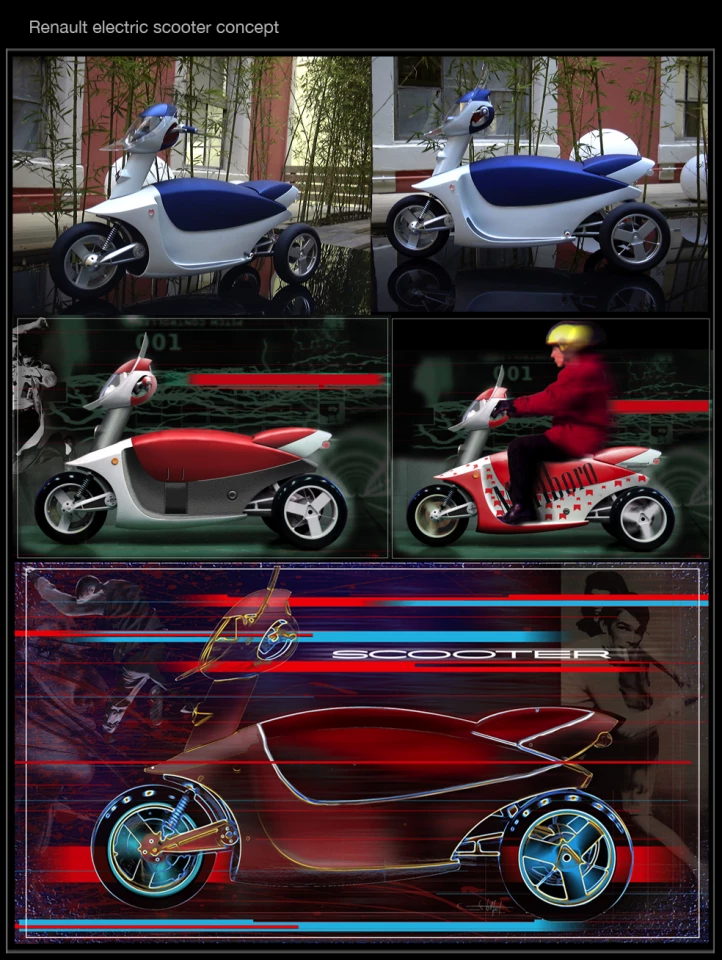
People are understandably afraid to ride a two-wheeler in the same traffic flow as cars. By separating the two types of traffic, you cancel the David versus Goliath situation as they do in Amsterdam where they have separate bicycle lanes.
Lightweight transportation devices need to become safer too. Bigger motorcycles now have anti-lock braking systems (ABS) and soon those and similar safety features will trickle down to smaller two-wheelers and better materials will make scooters lighter and easier to maneuver.

Three-wheeled scooters, where you don’t need to put your foot down at traffic light are another obvious step, particularly those with a roof as they can be used in wet weather when the user is wearing a suit or nice clothes.
Gizmag: Amsterdam, with its strong emphasis on inner-city bicycle transportation, is very different to other cities. Can a new culture be forged with the right product offerings?

UJ: Amsterdam has a long history of cycling and therefore it is definitely special. Nevertheless, the city actively gives bicycles priority in traffic. Between 2007 and 2010, it invested around €70 million in the cycling infrastructure ... that is a clear statement of priority, which other cities should take an example from.

I think "forging a new culture" might not be the right way of expressing it, but monetary motivation always works and there are many ways of influencing human behavior. If cities, for instance, began minimizing the number of parking spaces, or raised parking fees for cars, people would think twice before driving into the city and perhaps consider other economical and time-efficient options.
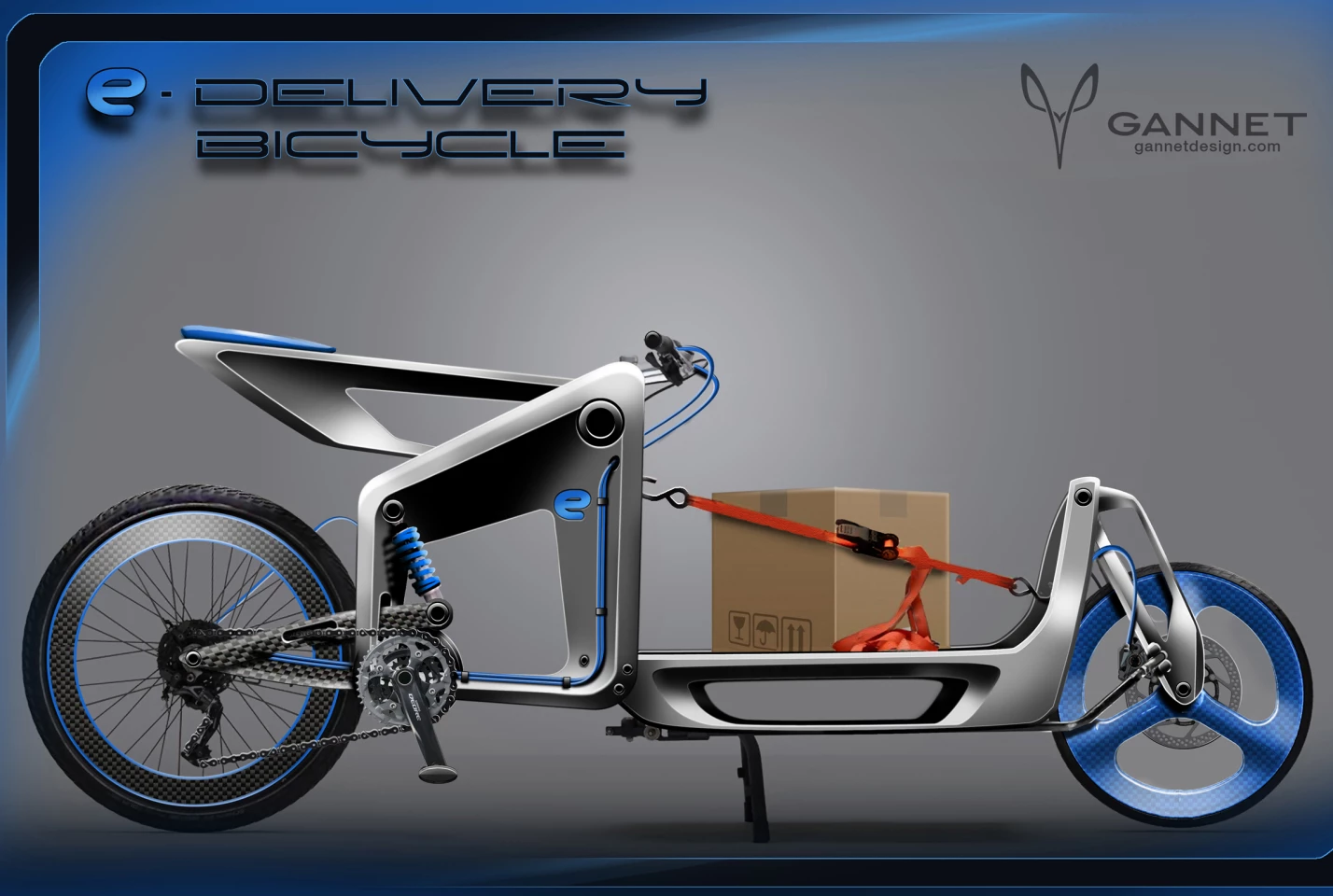
Such a move would also give more space for possible cycle and e-bike lanes, and with the right product offerings such as variety of two wheelers (above) and other smaller vehicles (below), it might promote a new culture.

At the same time cities should promote mixed use (working/living) neighborhoods to reduce distances between home and workplace. Cities with a "downtown" which is deserted after office hours, that's a last century idea. It really gets down to city planning visions and what a local government is trying to forge for its citizens in the future.
Gizmag: You are one of the few car designers I have seen that works in both two and four wheels and your motorcycle designs resonate with me. Can you see a resurgence of the motorcycle? Can you expand on your thoughts on motorcycle design as both practical and sporting?
UJ: As for the resurgence of the motorcycle, as I mentioned earlier, when the circumstances are changed in favor of two-wheelers, they will become more popular naturally, as people recognize the advantages of being able to get around more easily.
I think there's a lot of scope for niche products where people can customize their rides and make them more personal. I feel certain we will see the resurrection of newly designed scramblers, bobbers and cafe-racers.

It is a very clear sign that tastes are changing when a company such as BMW introduces a production motorcycle such as the R nine T. BMW understands the potential of the retro movement and custom culture, and that move has been celebrated on many enthusiast blogs which reflect the pulse of the consumer. BMW has done an excellent job of blending retro style with up-to-date technology.
There will always be a special place for exclusive motorcycles that are the super cars on two wheels. The industry needs to keep developing state-of-the-art sports motorcycles to push the technology forward to ever higher levels, as these efforts become the fuel and passion for motorcyclists to keep riding.

These super bikes are cherished and appreciated by enthusiasts for their pure pursuit of speed and the beauty of their shape, where you push the envelope in design and engineering.
As attractive as these bikes are, they are not for everyday or everybody, and more fitting for weekend outings or some track days. Still these can be interpreted into more efficient and practical mid size versions, which can benefit from advanced aerodynamics, new concept designs and material mix and so on, and they can be equally used for commuting and special rides.
Gizmag: There's definitely a unique style and new visual thought in your motorcycle designs. You often seem to move the visual center of gravity downwards, making them look more stable. Can you elaborate?
UJ:With motorcycle design, I like pursuing both extremes; modern/futuristic, and classic retro designs.
For futuristic designs, I like to play with possibilities of finding the new form language and I like mixing different elements such as modern architecture and fashion into the bike design language and surface development.
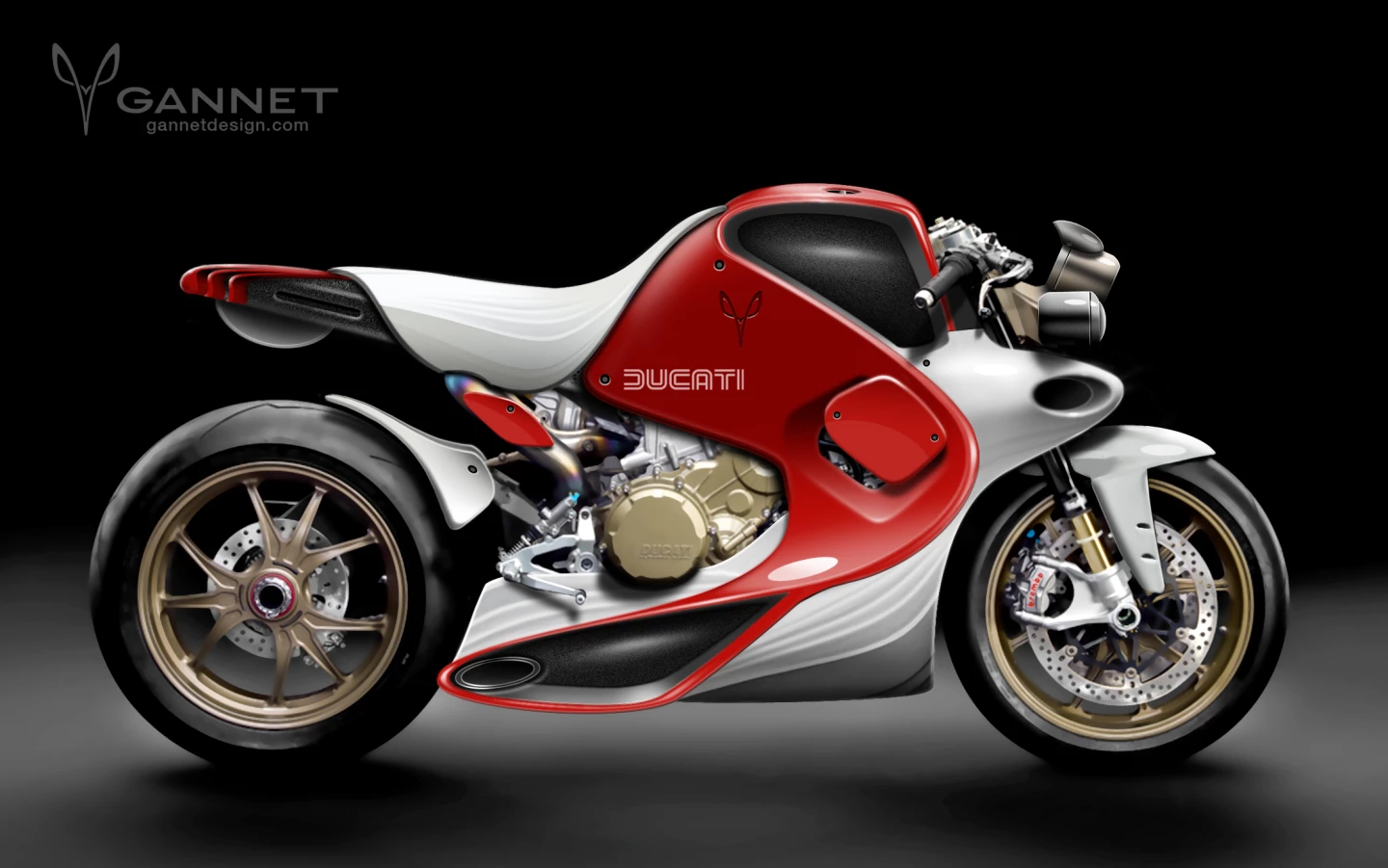
Recently, I made a design on the frame of the Ducati Superleggera, exploring into a new form language of fluidity and flowing surfaces. This design might polarize opinion, but in order to create something new you have to step out of the comfort zone.
On the other hand, I also enjoy designing classic forms on a modern frame. It is very intriguing as modern bikes have very different proportions and architecture and it is an interesting challenge to find the right mix of old and new.
As I have a car design background, to me it is important how a motorcycle stands on the street. Many new motorcycles have lost the tight proportions with a rear end pointing to the sky and an overloaded front end. That's why I like to lower the visual center of gravity to make them stable and balanced. In contemporary bike design there is the trend that the machines have to look like angry transformer robots and I don’t really agree with that. Very complicated edgy and aggressive surfaces make the designs look quite choppy in my opinion.

I like to make a fusion by combining different elements, which create an interesting dialog and tension between two worlds, like traditional crafted brushed aluminum tank with high tech carbon fiber parts as on my design for the Ducati Café Racer.
In motorcycle design there are far fewer constraints than in car design and that's why I think there can be much more space for diversity and you can design different bikes on the same base frame and create niche products.
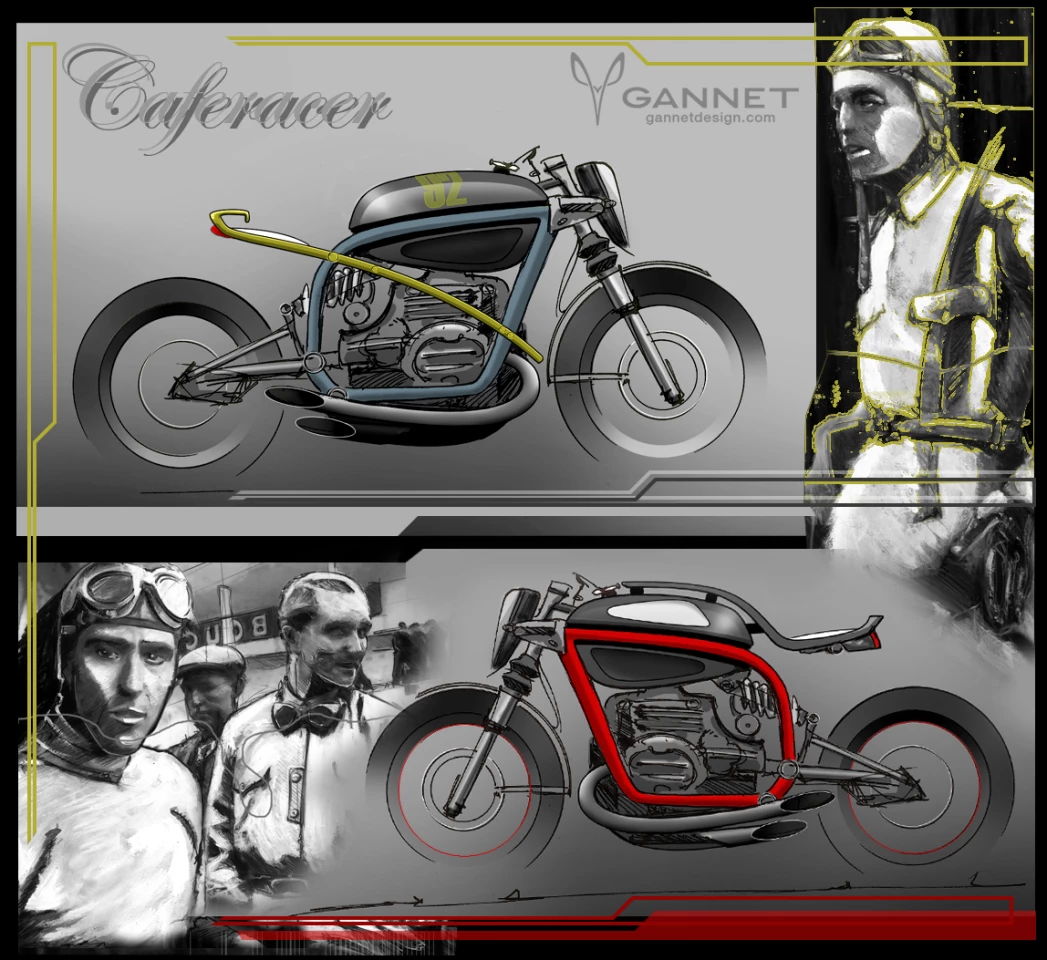
Now the classic scene is growing steadily and that is also a sign that people appreciate certain proportions, which they can’t find in modern designs anymore.
